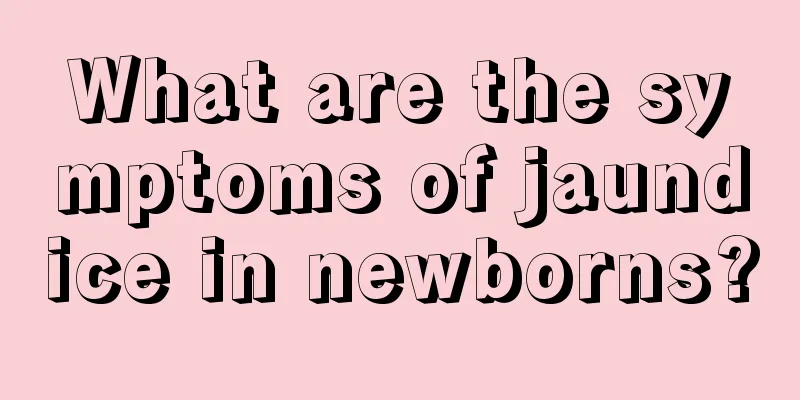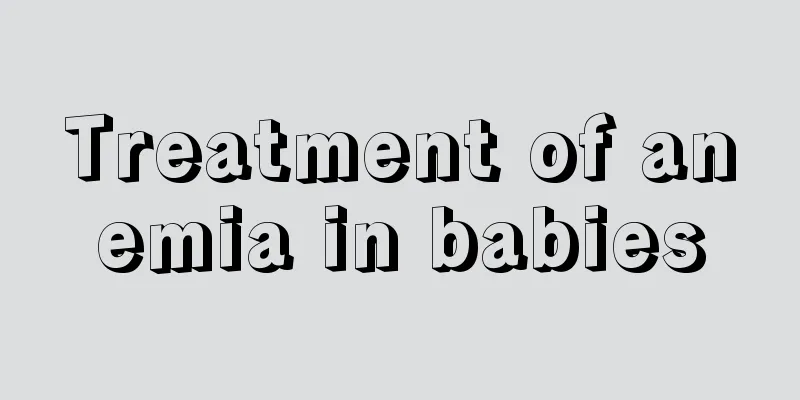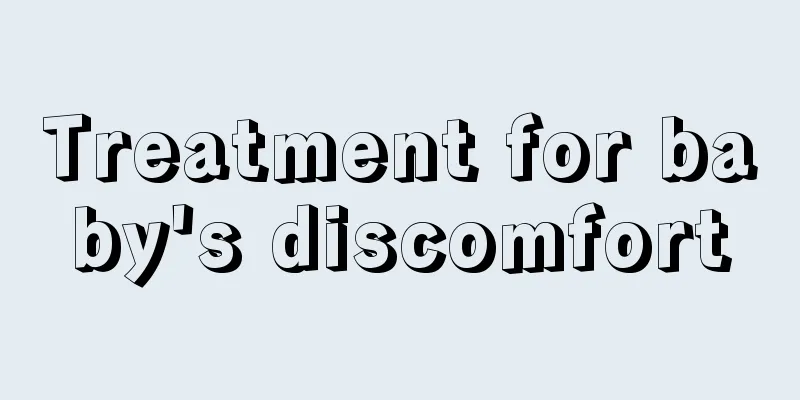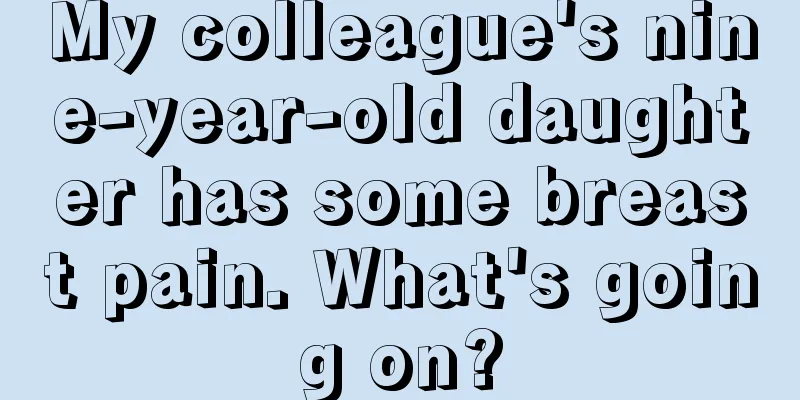What are the symptoms of parotid nodules?
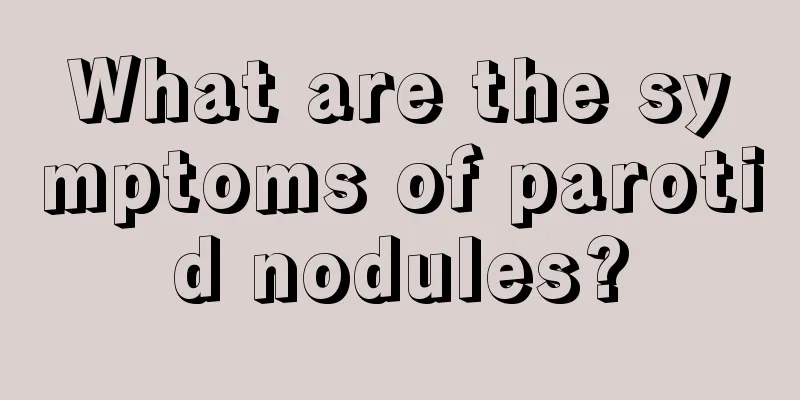
|
Parotid nodules are an infectious disease caused by the mumps virus, which is more common in children. So what are the symptoms of parotid nodules? I believe that most parents do not understand this issue. In fact, any disease has its causes and symptoms. The symptoms of parotid nodules are mainly fever and anorexia. Severe patients will experience local hardening and pain. It usually takes 2-3 weeks for a patient to develop symptoms after being infected with the mumps virus. The mumps virus enters the body through the mouth and nose, multiplies on the surface of the parotid glands or respiratory epithelium, and then enters the blood, causing viral disease. The virus can spread to many tissues through the blood and is often located in various glandular tissues or nervous tissues, with the parotid gland being the most commonly affected. The typical symptoms of patients are: the disease starts with fever, headache, and anorexia, and ear pain on the affected side quickly appears, which is limited to the earlobe. The parotid gland will swell within 1-2 days, with the earlobe as the center and swelling forward, backward and downward. The edges are unclear and feel elastic to the touch. There is some hardness, pain or tenderness in the area. The pain worsens when opening the mouth, chewing or eating acidic foods. The parotid duct openings in both cheeks are red and swollen, but there is no purulent secretion. At the same time or subsequently as the parotid gland swells, the submandibular gland may also be affected at the inferior parotid angle, and the sublingual gland may also be affected, resulting in difficulty in swallowing. There are many complications of mumps, the most common ones are meningoencephalitis, orchitis, oophoritis, pancreatitis, and occasionally hepatitis, nephritis, thyroiditis, myocarditis and other complications. Among them, orchitis is common in adolescents and adult males over 12 years old. It often occurs within 8 days after parotid swelling. The patient initially has fever, chills, headache, nausea, vomiting and lower abdominal pain, followed by swelling, pain and tenderness. Symptoms disappear when the fever subsides. The above symptoms are common symptoms of parotid nodules, so once fever and pain occur, you should actively learn about the disease. However, about 50% of patients will have symptoms of secondary testicular atrophy. Once timely treatment is required to avoid infertility, the disease must be treated as soon as possible. |
<<: Common causes of impetigo in children
>>: Why is the back of the baby's head hot?
Recommend
Acute thrombocytopenic purpura in children
Children's physical health is an issue that p...
How to hold a newborn baby
After the baby is born, many parents and friends ...
What is the reason for children's hair loss? Parents should pay more attention
If a child has hair loss, the first thing to do i...
The best time to wean your baby
For mothers, as their children grow up, the vario...
What is the reason why children cannot concentrate in class?
As early as 1982, Deng Xiaoping put forward the s...
Why does the child cry when he wakes up?
It is normal for children to like crying, but in ...
Can boys eat bird's nest?
Bird's nest is a daily food that is both beau...
What medicine should children take for urethritis
Urethritis is a common clinical disease. The inci...
What to do if your child has stomachache and vomiting
Gastrointestinal discomfort problems such as stom...
How to determine if a baby has gastric reflux?
The physical health of infants is very fragile an...
5 key points to keep in mind when caring for your baby girl's private parts
The biggest characteristic of girls' sexual o...
What should I do if my child gets a bump on his head after falling?
After children learn to walk, they often play and...
What kind of complementary food is good for a two-month-old baby?
Babies need to eat complementary foods after two ...
What happens when children drink beer?
Many adults like to drink beer, especially in the...
The best way to treat cerebral palsy in children
The method of treating cerebral palsy in children...
